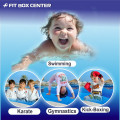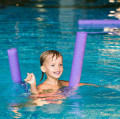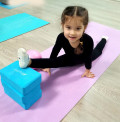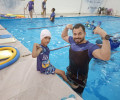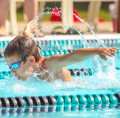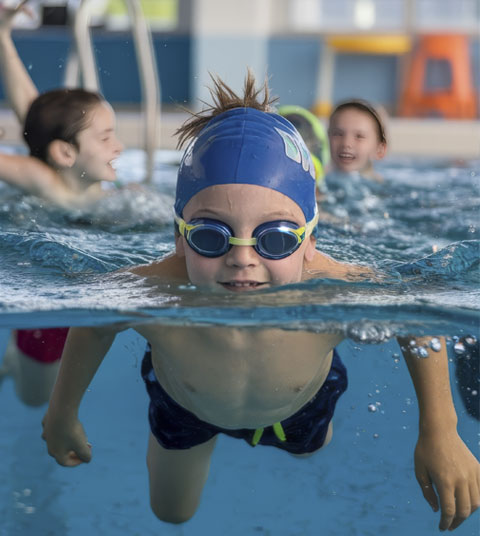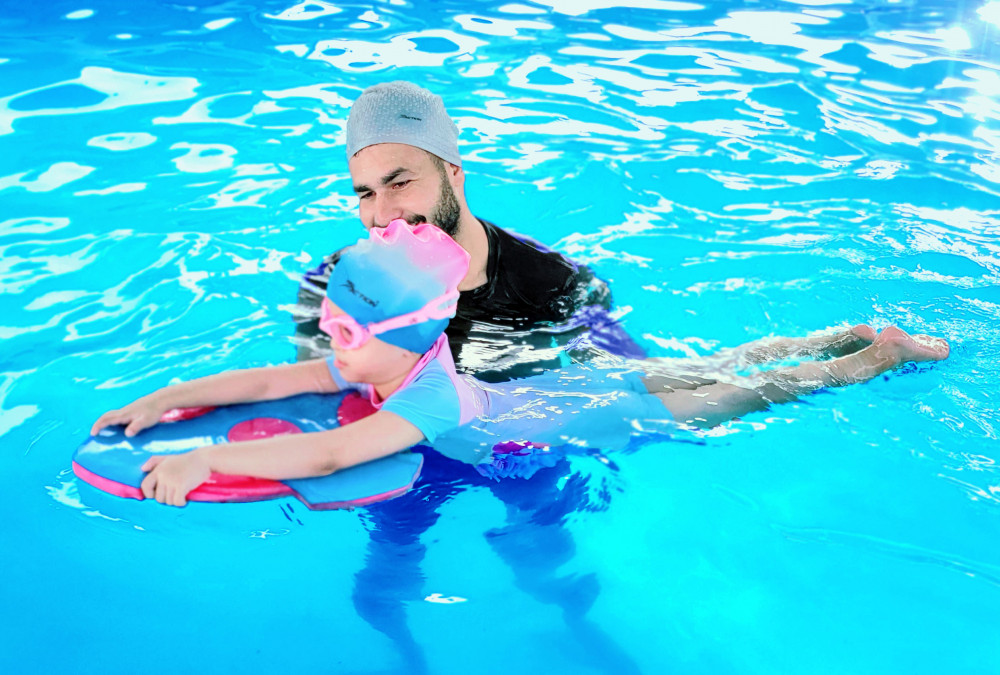
Swimming for Kids with a Professional Way to Learn Skills Fast
2024-11-27 - swimmingSwimming is one of the most essential life skills a child can learn. Not only is it a fun activity, but it also promotes physical health, builds confidence, and ensures water safety. When approached professionally, children can learn swimming skills quickly and effectively. Let's dive into the best ways to teach kids how to swim like pros!
Getting Started with Swimming for Kids
Choosing the Right Age to Start Swimming
The ideal age to start swimming lessons is usually around 4 years old. At this stage, most kids have developed the motor skills needed to coordinate their movements. However, younger children can also benefit from water play to build familiarity and reduce fear.
Picking the Right Swimming Facility
Choosing a safe and child-friendly facility is crucial. Look for a pool with certified instructors, clean water, and shallow areas for beginners. Safety measures, such as lifeguards and child-proof fencing, are non-negotiable.
Building a Strong Foundation in Swimming
Introducing Kids to Water Comfortably
Some kids might feel anxious about getting into the water. Start by letting them splash around and get used to the feeling of water on their skin. Gentle games like blowing bubbles can ease their fear and make the experience enjoyable.
Developing Basic Water Safety Skills
Before diving into strokes, teach kids how to float on their back and tread water. These foundational skills could save lives and help them feel more secure in the pool.
Encouraging Positive Attitudes toward Swimming
Make lessons fun! Use toys, songs, and games to create a playful environment. The goal is to associate swimming with joy rather than fear or pressure.
Key Swimming Techniques for Fast Learning
Teaching Basic Strokes
Start with simple techniques like the freestyle and backstroke. Focus on rhythmic breathing to help them maintain a steady pace. Break each stroke into steps, teaching one movement at a time.
Importance of Consistent Practice
Like any skill, practice makes perfect. Schedule regular swimming lessons and encourage practice at home if possible. Games like "shark chase" can be both fun and educational.
Monitoring and Correcting Form
Good form is the foundation of efficient swimming. Professional instructors play a key role in spotting mistakes and giving gentle corrections. Celebrate progress to keep motivation high.
Safety Tips and Guidelines
Essential Gear for Swimming
Equip your child with comfortable goggles, a well-fitted swim cap, and proper swimwear. These items not only enhance performance but also protect against chlorine and other irritants.
Lifeguard Supervision and Parent Involvement
Ensure an experienced lifeguard is always present during lessons. Parents can also support by participating in beginner sessions or practicing with their kids.
Fun Activities to Accelerate Learning
Creative Swimming Games
Games like "treasure hunt" (retrieving objects from the pool floor) can improve diving skills. Relay races can help kids learn speed and endurance while having a blast.
Participating in Swimming Challenges
Enroll your child in fun competitions or set personal milestones. Achieving these goals boosts their confidence and solidifies their love for the sport.
Conclusion
Teaching kids to swim doesn't have to be a slow process. With professional guidance, consistent practice, and a fun, supportive environment, children can become confident swimmers in no time. Beyond the skills, swimming fosters lifelong benefits, from health improvements to water safety..


